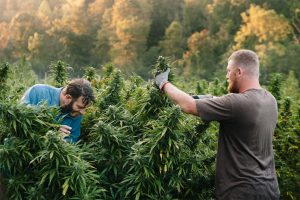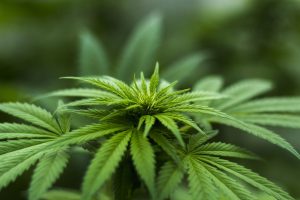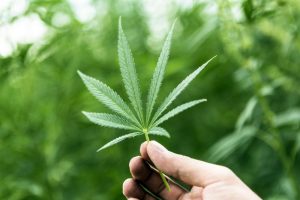
There are some tips you need to know when it comes to CBD Cultivation. Growing hemp for the purpose of CBD production is relatively simple, but there are certain factors that you must consider before getting started. The most important factor is ripeness, which is defined as the level of cannabinoids in the plant. During this phase, you should harvest the plant before the buds begin to break down. The ripeness of your crop can be judged by using a 30 to 60x microscope. If you want to get the best results, the trichomes on the leaves are clear when the plants are not yet fully developed. When they reach the maximum amount of cannabinoids, the trichomes will become white or cloudy. If the trichomes have turned amber, the CBD content has been reached. The process of cultivation CBD is not as complicated as you may think.
The Texas Department of Safety oversees the medical cannabis program, which began in 2015. The Texas law limits the THC content in the plant to 0.5%, but lawmakers have expanded it last year. The federal government has legalized the use of cannabinoid oil with 0.3% THC, which is lower than the maximum allowed for food and drugs. The program also requires doctors to prescribe specific dosages of marijuana to patients. Licensed cultivators should have no trouble getting started.
In terms of the state’s agricultural industry, Minnesota has the advantage of being a staple crop. There are plenty of facilities available to clean seed and store the finished product. While hemp farmers are not allowed to sell their plants, the quality of their products is important. Because of the high demand for CBD in the market, many farmers in the state are going illegal. They are able to keep their operations secret and innovate to make the process as profitable as possible.
The cost of cultivation CBD depends on sourcing genetics and certificates of analysis. In Minnesota, the average yield of CBD hemp biomass was 1,039 pounds per acre in 2019, a decrease of 36.2% from the previous year. In other states, hemp is legal but is not as popular as marijuana and other medical uses. The average production of CBD in the state of Minnesota is only 300 acres per year. The market is ripe for more than four thousand tons of CBD every year.
In Serbia, medical marijuana is illegal, but cultivation CBD is legal. The country’s Agriculture Committee has not yet approved a rule that will allow the cultivation of CBD for use in dietary supplements, but the plant can be grown in wet fields. The USDA has not issued a final rule on the matter, but it has issued a protocol for issuing the license to grow hemp for the production of CBD in the US. Despite the lack of regulation, this process could take years to come to fruition.
The process of cultivation CBD is complex. The hemp plant is harvested from the plants and then processed into bast and hurds. The hemp then undergoes further processing into finished products. The method of harvesting hemp varies from one producer to another. The FDA policy forbids the sale of CBD as a dietary supplement. However, some farmers are working through this process and are already enjoying the benefits of growing CBD. So far, the production of CBD has declined by more than 80% in the past year.
Cannabis cultivation CBD is a very complex process, but it is a vital part of the cannabis industry. The plant has many advantages and is produced through several different methods. Infructescences are the first stage of cultivation and are the most common type of cannabis products. During this stage, the plant is ready for harvesting and the buds and flowers are harvested for consumption. This is the first step of cultivation CBD for medical purposes, which is a great way to increase your overall health.
The biosynthetic pathway for CBD and THC is the same. Both are derived from cannabigerolic acid by enzymes, which are used to convert cannabigerolic acid to tetrahydrocannabinolic acid. THCA and CBDA decarboxylate to yield tetrahydrocannabinoids, which are the active ingredients in hemp and cannabis.




